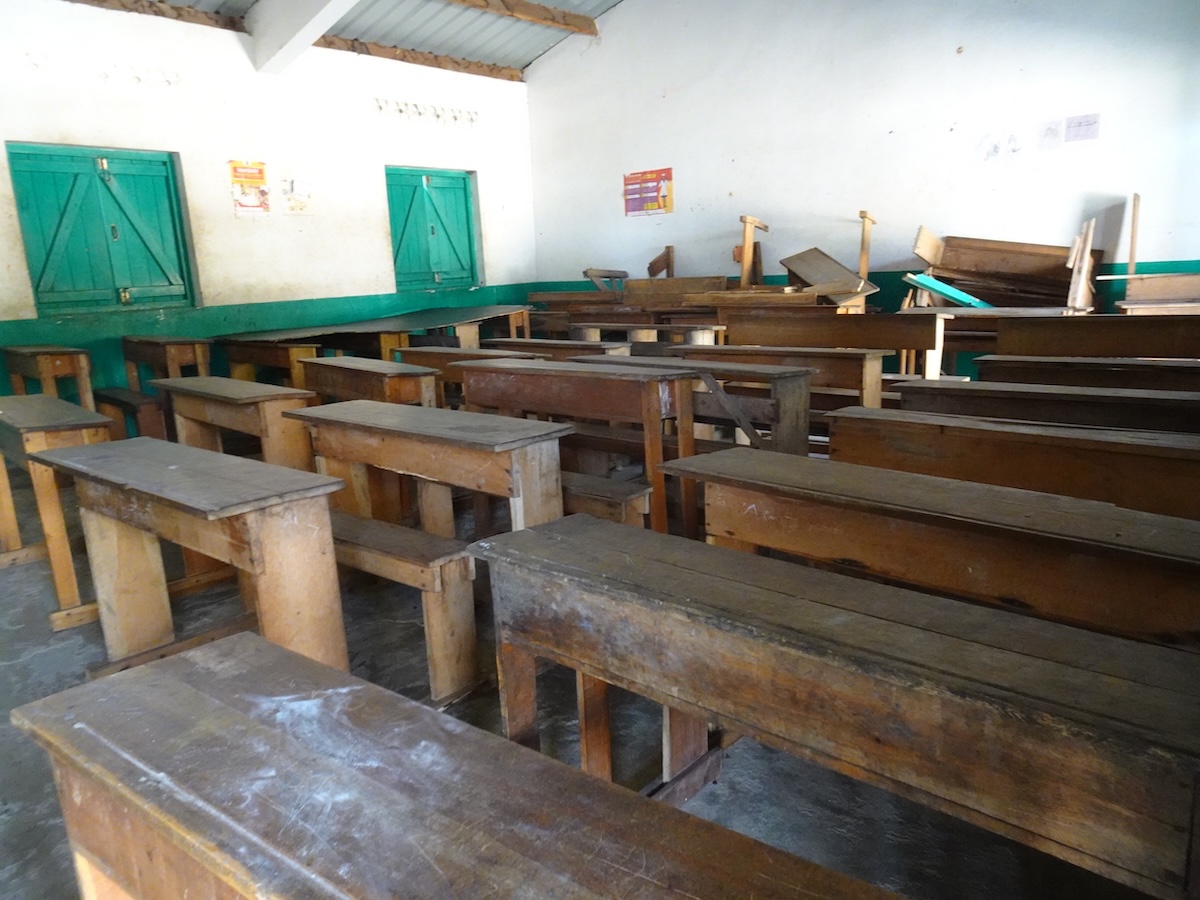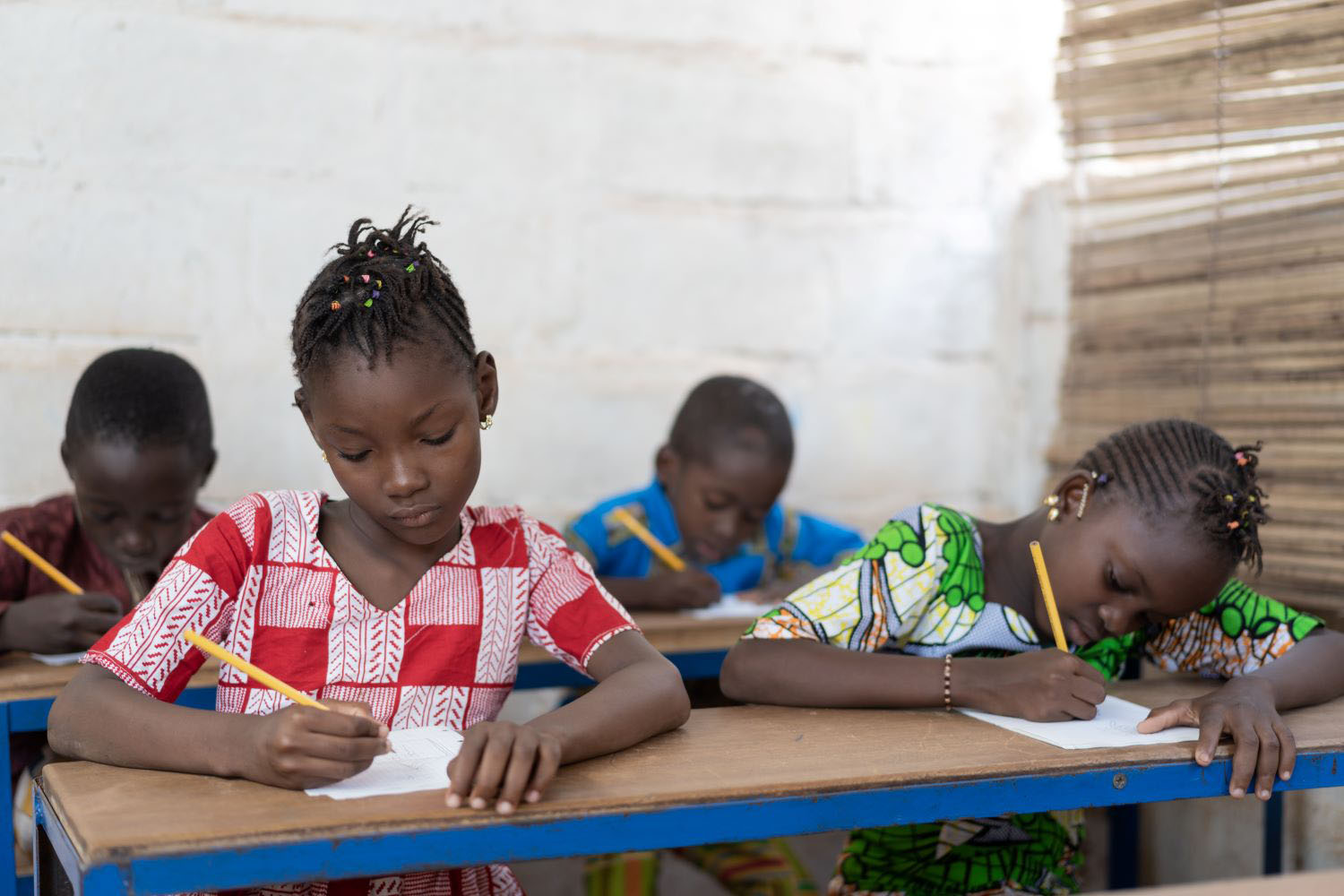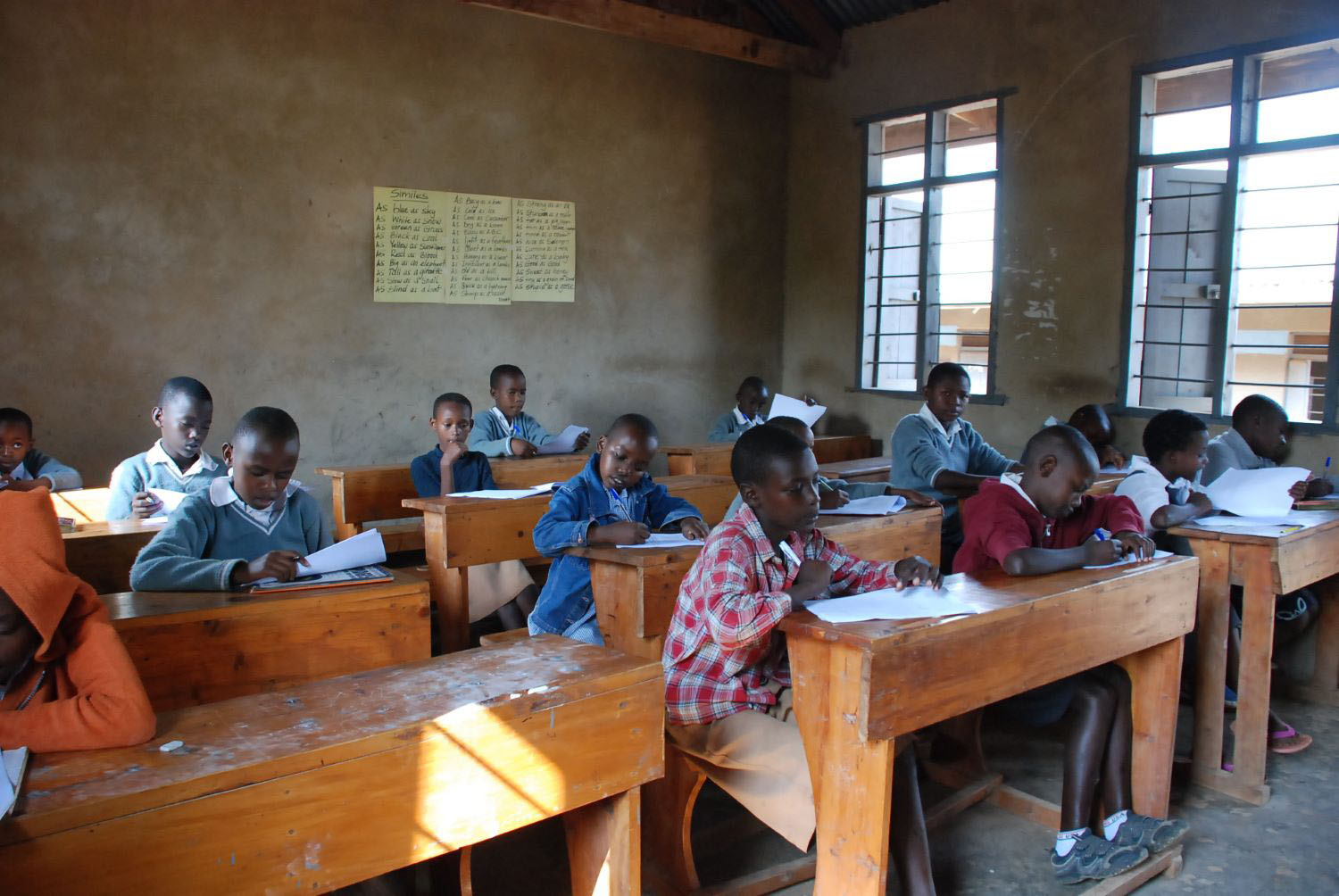Recommended

Blog Post

WORKING PAPERS
Children and adolescents worldwide are exposed to unacceptably high levels of school-related violence. We know this thanks to an increasing number of surveys that ask about school-related violence. However, it can be hard to tell which countries have data on which time periods, which age groups, and for what forms of school violence. Plugging this knowledge gap would allow policymakers, practitioners, and researchers to explore the prevalence of school-related violence in different contexts, and to identify and (hopefully) address existing data gaps.
Motivated by this, a year ago, we started systematizing all existing, nationally representative international surveys available in low-and middle-income countries with questions on school-related violence. Our search led us to 14 international surveys that have been administered over the last 10 years, 10 of which include questions to measure the prevalence of violence reported by children (Figure 1). Our search excluded surveys that were administered exclusively in high-income countries, and while we focus on international surveys here, we explore national surveys in another post.
We reviewed the questionnaires of these 14 surveys and recorded their country coverage, year and frequency of administration, target population, type of violence covered (i.e., physical, psychological, and sexual violence) and whether—as of April 2023—the most recent survey round was publicly available. (One prominent international survey, Young Lives, is unlisted because it is not nationally representative; but it also includes questions on violence.)
In this blog post, we introduce a new interactive map and database that will allow you to explore the available international surveys with school-related violence questions. (For what we learned from these surveys, see this complementary blog post.)
Figure 1. The 14 international surveys
Source: Center for Global Development
Our interactive map provides a snapshot of the coverage of international surveys worldwide…
Our interactive map shows the availability of data on school-related violence from international surveys across the globe. Countries are coloured in different shades of blue: the darker shades indicate a higher number of survey rounds with school-violence-related questions. High-income countries tend to have darker shades because they have administered—on average—seven international surveys over the last 10 years, while low-income and lower-middle-income countries—mostly coloured in lighter shades of blue—have administered —on average— three surveys over the last decade.
Figure 2. The interactive map
Source: Center for Global Development
The map will allow you to zoom into specific country data…
If you click on a specific country, a pop-up panel will appear. The panel lists the international surveys available in each country, as well as the total number of survey rounds available for each survey. It indicates which is the latest available survey and (if applicable) which surveys should become publicly available in the near future. The panel also provides a summary of key country characteristics, including their income classification, the size of its child population, and the current status of corporal punishment bans at school.
…and to filter and compare the data availability by specific survey characteristics
Moreover, by simply clicking and selecting options from the top control panel, users can easily visualize the data availability by international survey, the type of violence covered and the type of perpetrator. Additionally, we have incorporated filters to identify which surveys would allow users to build school-related violence estimates by age groups—differentiating between children, adolescents and young adults.
For those who want to do more thorough analysis, we recommend downloading our database of datasets
The map provides a comprehensive view of the data availability, allowing users to identify patterns, similarities and differences in data coverage between various regions and low-middle income groups. For those who want to do more thorough analysis by country, across countries, regions and income groups, you can download our dataset.
Our dataset is constructed at the country-survey-year level, meaning that for each country it is possible to observe the surveys that were conducted in each year between 2013 and 2023. The dataset has a total of 1,066 observations: 792 country-survey rounds completed in all the countries, 229 country-survey rounds currently in implementation and 45 observations that represent countries that did not conduct any international surveys on school-related violence over the last 10 years.
This dataset permits a range of analysis: i.e., how many surveys have been administered in Latin America, Africa and Asia, or which forms of school violence are widely covered worldwide. The dataset can also help you to identify if the available surveys are useful to answer specific research and policy questions (e.g., is there enough data to study the evolution of bullying across time?). We used this dataset ourselves as the basis for our new working paper, in which we outline the prevailing data gaps that exist in low-and middle-income countries. Spoiler alert: most countries lack actionable data to address school-related violence.
If you know of any nationally representative international survey that we have missed, please let us know. We will work to keep this dataset up-to-date.
Disclaimer
CGD blog posts reflect the views of the authors, drawing on prior research and experience in their areas of expertise. CGD is a nonpartisan, independent organization and does not take institutional positions.





